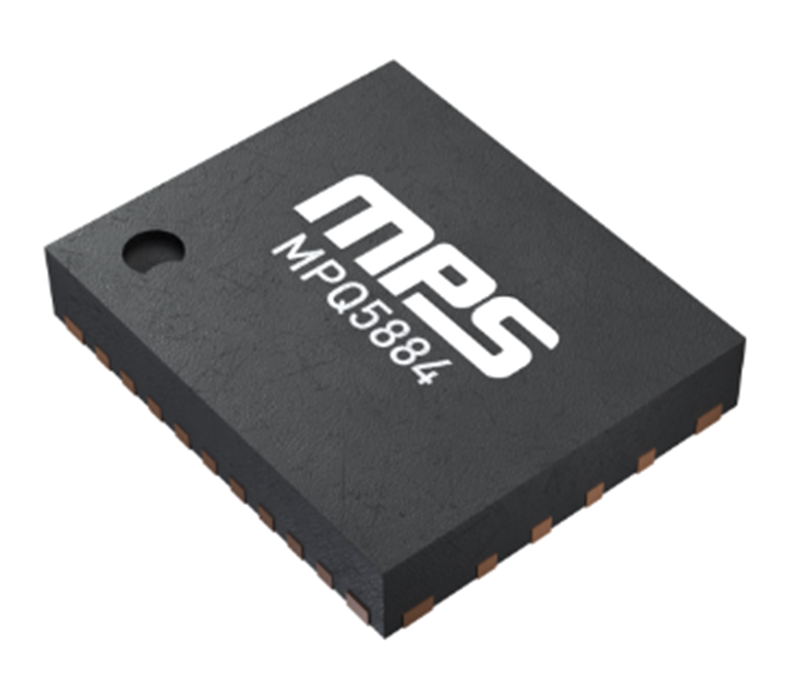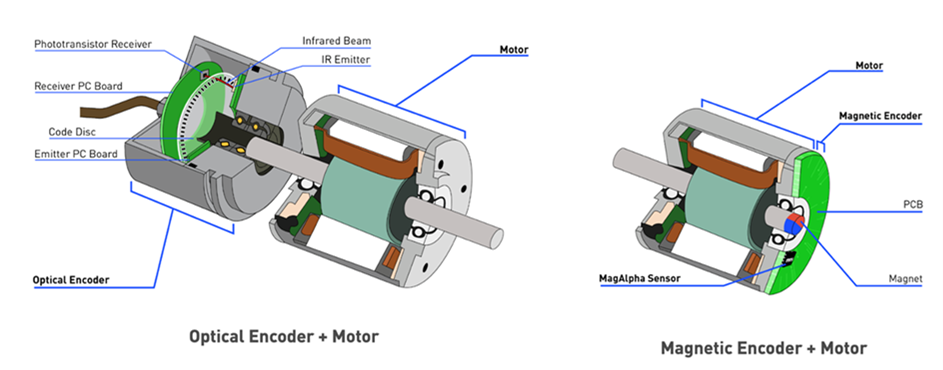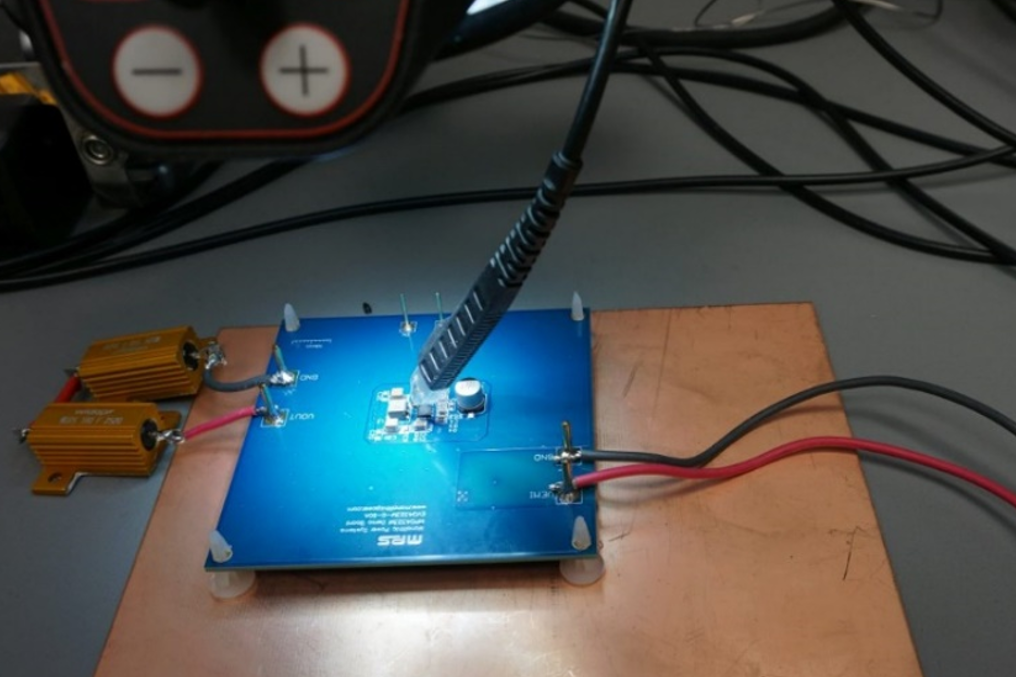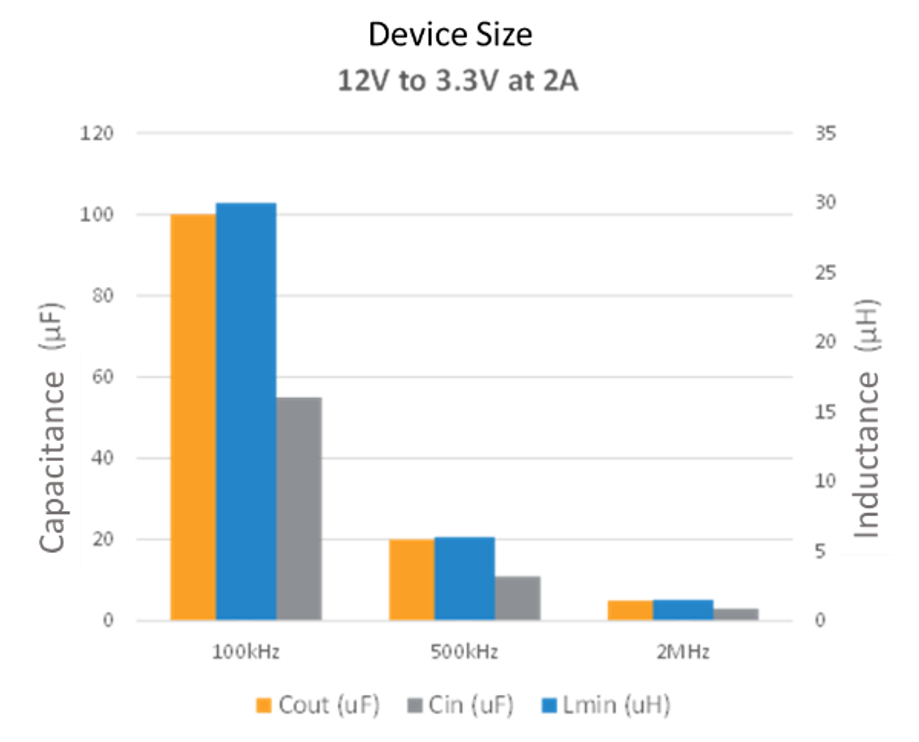The Role of Sensors and Actuators in Modern Vehicles
A new era of unheard-of performance, safety, and control in automobiles has begun with the introduction of sensors and actuators in automotive engineering. The future of mobility can be understood by comprehending the complex functions that these devices play, especially at a time when we are on the verge of a revolution in transportation.
Overview of Vehicle Automation and Control
The 21st-century automobile is changing from a mechanical device to an extremely complex electrical system on wheels. This change has been made possible in large part by the growing integration of actuators and sensors, which work together to enhance vehicle functioning.
Role of Sensors: In essence, sensors are the eyes and ears of a vehicle. They keep an eye on a number of variables, including proximity, temperature, acceleration, and speed. Numerous control systems rely on this data to provide them with real-time information about the vehicle and its surroundings.
Role of Actuators: If sensors are the information gatherers, actuators are the doers. Actuators receive signals and respond with specified actions, including changing the air-fuel ratio in the engine, tightening up the suspension, or even applying the brakes. They convert electrical information into mechanical action, directly influencing and controlling a variety of vehicle components.
Improving Safety, Efficiency, and Performance
The ultimate goal of sensor and actuator integration is to improve driving in three critical areas: performance, efficiency, and safety.
Safety Enhancements: In order to provide power to advanced driver-assistance systems (ADAS), sensors such as radar, lidar, and cameras collaborate with one another. Meticulous sensor input and actuator reaction enable features like automated emergency braking, adaptive cruise control, and lane-keeping assistance. Through anticipatory threat detection and proactive measures, these technologies significantly lower accident rates and save lives.
Efficiency Optimization: In today's automotive world, fuel economy and pollution management are critical. Onboard computers can modify combustion settings due to sensors that track pollutants and engine data. Actuators then put these adjustments into practice, maximizing fuel efficiency and lowering dangerous emissions. In a similar vein, sensors aid in the best possible battery utilization in electric cars, guaranteeing optimal range and longevity.
Performance Upgrades: Today's drivers need a car that is strong, nimble, and responsive. Sensors evaluate performance metrics like grip, acceleration, and aerodynamic drag through continuous feedback loops. Actuators then modify components such as the suspension, engine, and gearbox to improve the vehicle's performance and provide for a thrilling ride.
To sum up, the integration of actuators and sensors in contemporary automobiles has completely reshaped the concepts of automotive engineering. These elements will become even more crucial as we approach the future of autonomous driving and smart transportation, spurring innovation and setting new standards for performance, safety, and efficiency.
Basic Principles of Sensing and Actuation
The two main pillars that support the current vehicle control system are actuation and sensing. The sophisticated and sensitive behavior of today's cars, which allows them to easily interact with constantly changing environments, depends on both of these components. Understanding the underlying ideas of these technologies is necessary in order to fully appreciate their impact on the automotive industry.
Sensing as Information Gathering
In the context of automobiles, sensing can be conceptualized as the means by which the vehicle perceives its internal states and external environment. Similar to how our senses of sight, touch, and hearing feed us vital information about the world around us, automobile sensors pick up on particular factors that affect how well vehicles operate.
Types of Sensors: Sensors vary widely based on their functional requirement. Common varieties include position sensors (for crankshaft or throttle position), temperature sensors (for engine and interior conditions), pressure sensors (in tire monitoring systems or fuel lines), and more sophisticated devices (such as cameras and radars for ADAS functions).
Data Acquisition: Every sensor operates on the principle of converting a physical quantity into an electrical signal. Electronic control units (ECUs) interpret and analyze these electrical impulses, making real-time analysis possible. For this reason, this conversion is essential.
Feedback Mechanism: Continuous data collection guarantees that a feedback loop is maintained at all times, which in turn supplies the control systems of the vehicle with the most recent information. This ongoing cycle enables the behavior of the vehicle to be improved and adjusted.
Actuation as Control Execution
Actuation takes over to make the required adjustments after the sensors have collected the crucial data. Actuators essentially function as the vehicle's "muscles," translating the electrical impulses that are processed back into motion.
Types of Actuators: Actuators in vehicles are diverse, including components like fuel injectors (which control fuel delivery), electric motors (steering, braking, or throttle control), and solenoids (for valve operation or gear shifts).
Signal Interpretation: The ECUs of the car send signals to the actuators, which decipher the sensor data. These signals specify the precise action that the actuator must do in order to accomplish the intended result.
Responsive and Adaptive Actions: Vehicles that use actuators can be made to be both responsive and adaptable. When an obstruction is detected, responsive actions take rapid action, such as automated braking. Adaptive actions, like adaptive cruise control, which modifies vehicle speed based on traffic circumstances, change over time based on continuous sensor data.
In conclusion, the modern vehicle's intelligence is defined by the combination of sensing and actuation. Actuators implement the necessary modifications to maximize safety, performance, and efficiency, while sensors offer a thorough understanding of the surroundings and the condition of the vehicle. The interaction between these components will only get more complex as improvements go on, improving the driving experience even more.
Historical Development of Automotive Sensors and Actuators
When one looks at the realm of sensing and actuation, the evolution of the automobile is a fascinating tapestry of engineering achievements and discoveries. This section describes the fascinating history of automotive sensors and actuators, tracing their development from simple prototypes to the sophisticated systems found in modern cars.
Evolution of Sensing Technologies in Vehicles
The early autos' basic mechanical and electro-mechanical systems are where sensing in cars first appeared
Mechanical Era: The nascent stages of automotive development predominantly employed mechanical systems. An example of an early speedometer was a cable-driven device that sent speed through a rotating cable and was directly attached to the gearbox.
Electro-Mechanical Onset: Transitioning into the 20th century, electro-mechanical components began surfacing. For instance, bimetallic strips and Bourdon tubes were utilized in temperature and oil pressure gauges, respectively.
Electronic Revolution: Thanks to developments in semiconductor technologies, electronic sensing saw a boom after the 1970s. The advent of sensors such as oxygen sensors, manifold absolute pressure sensors, and throttle position sensors during this era laid the foundation for advanced engine management and electronic fuel injection systems.
Advent of ADAS and Connectivity: Advanced driver-assistance systems (ADAS) were introduced in the late 20th and early 21st centuries. Advances in autonomous driving, collision avoidance, and lane departure warning systems were made possible by technological innovations, including radar, LIDAR, and cameras.
Trends and Future Directions
The scope of sensing and actuation in the automobile industry is expanding in step with the constant advancement of technology.
Miniaturization and Integration: Miniaturization is a trend in modern sensors, making them smaller without compromising on functionality. Integrated sensor systems are increasingly widely used; they combine several sensing functions into a single unit.
Self-Diagnostics and Predictive Maintenance: The upcoming generation of sensors and actuators are not only operational devices but also self-aware. They are able to keep an eye on their performance, anticipate malfunctions, and notify the driver or the car's central system of possible problems.
Holistic Vehicle Sensing: An automobile that senses its environment holistically is the automotive industry's vision of the future. To ensure peak performance, safety, and comfort, a confluence of internal and external sensors must cooperate.
Actuators in Electric and Autonomous Vehicles: With electric cars (EVs) gaining pace, specialized actuators customized for EVs are on the horizon. Actuators will also become increasingly important as autonomous driving technologies advance, guaranteeing precise, split-second responses to sensor input.
Material Innovations: Actuators can now respond faster, with greater precision, and for longer periods of time thanks to new materials including shape-memory alloys and piezoelectric compounds.
Looking back, the story of human creativity and our unwavering quest for development is reflected in the history of automobile sensing and actuation. The path of sensors and actuators in the automobile industry is a tribute to innovation, influencing the direction of mobility in the future with their unwavering technical improvement.









直接登录
创建新帐号